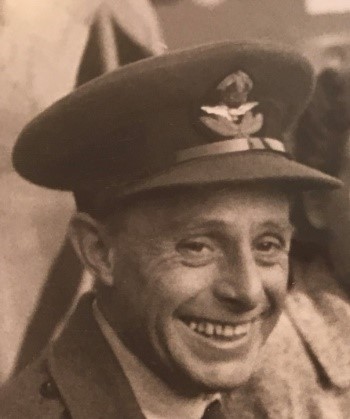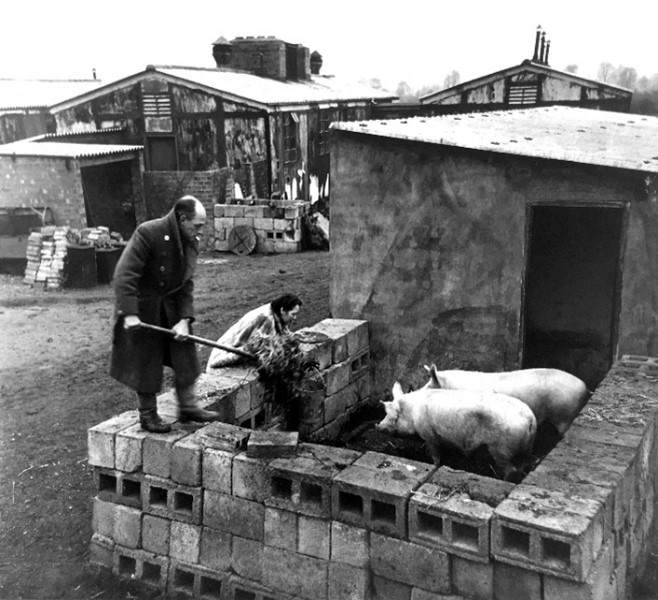Following the success of the Battle of Britain, Southam played its part in taking the war to mainland Europe. In August 1942 an area of land east of the town (now a major new housing estate) was requisitioned as an Elementary Flying Training School. Trainee pilots were bussed into Southam for basic flying training on aircraft like the Tiger Moth. Following acquisition of basic flying skills, they were posted elsewhere to continue training for night-time bombing operations.

After WW1 Percy moved to Holland where he met and married his wife, Marie. At the outbreak of WW2, he was recalled to active RAF service back in the UK and was posted as commanding officer of a training unit at Southam. According to a newspaper report he was recorded as inspecting 32 instructors, 128 pupils and 65 planes every morning. Southam only remained a flying training school for two years before it became part of the preparations for the Normandy Landings and D-day. At that point Percy was posted to Canada where he performed a similar pilot training role.

Shortly afterwards he purchased a second farm on Ladbroke Hill. Unfortunately his success was short lived. He died in 1957 aged just 58, having become a highly respected member of the farming community and an active participant in local affairs including the British Legion.
Southam Heritage Collection is located in the atrium of Tithe Place opposite the Library entrance. We are open on Tuesday, Thursday, Friday and Saturday mornings from 10am to 12 noon. To find out more about Southam’s history, visit our website www.southamheritage.org telephone 01926 613503 or email southamheritage@hotmail.com You can also follow us on Facebook.

Leave A Comment